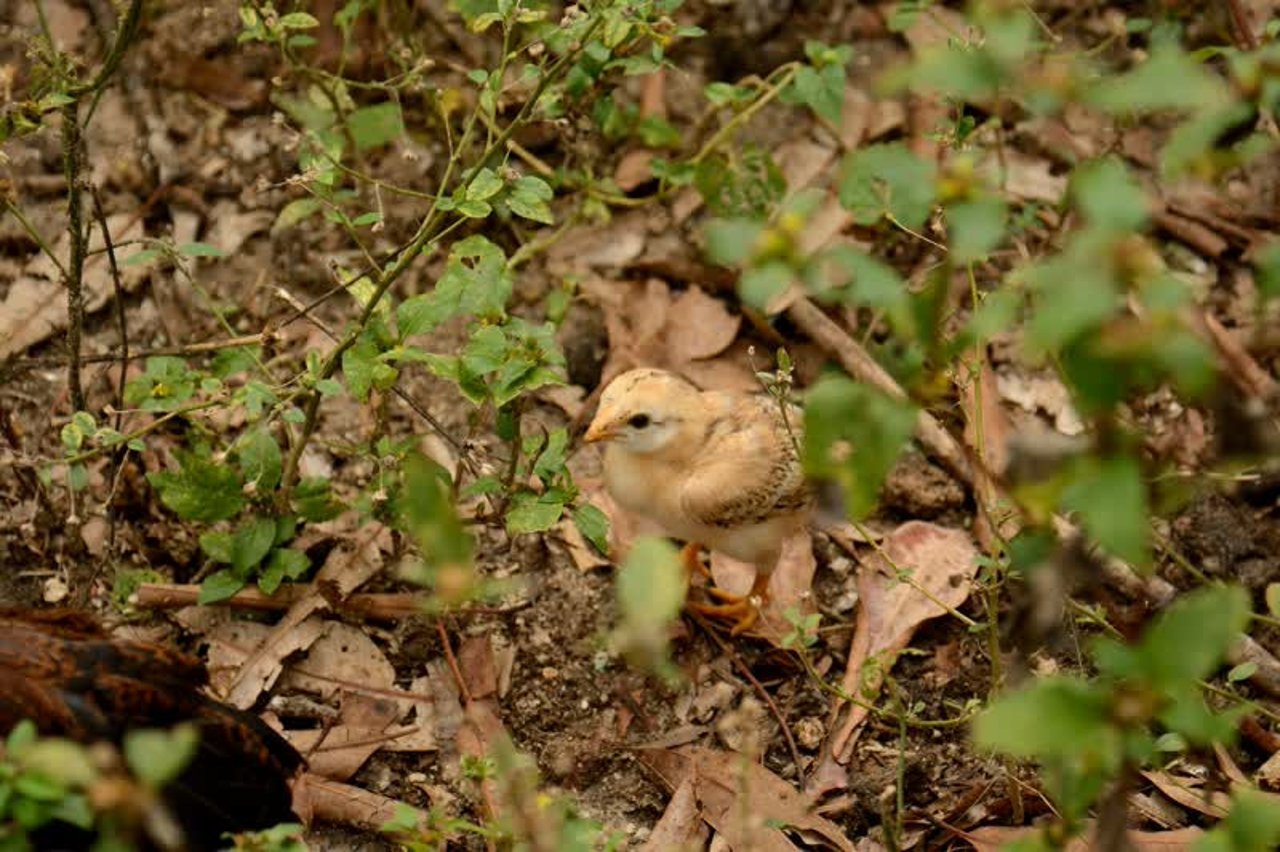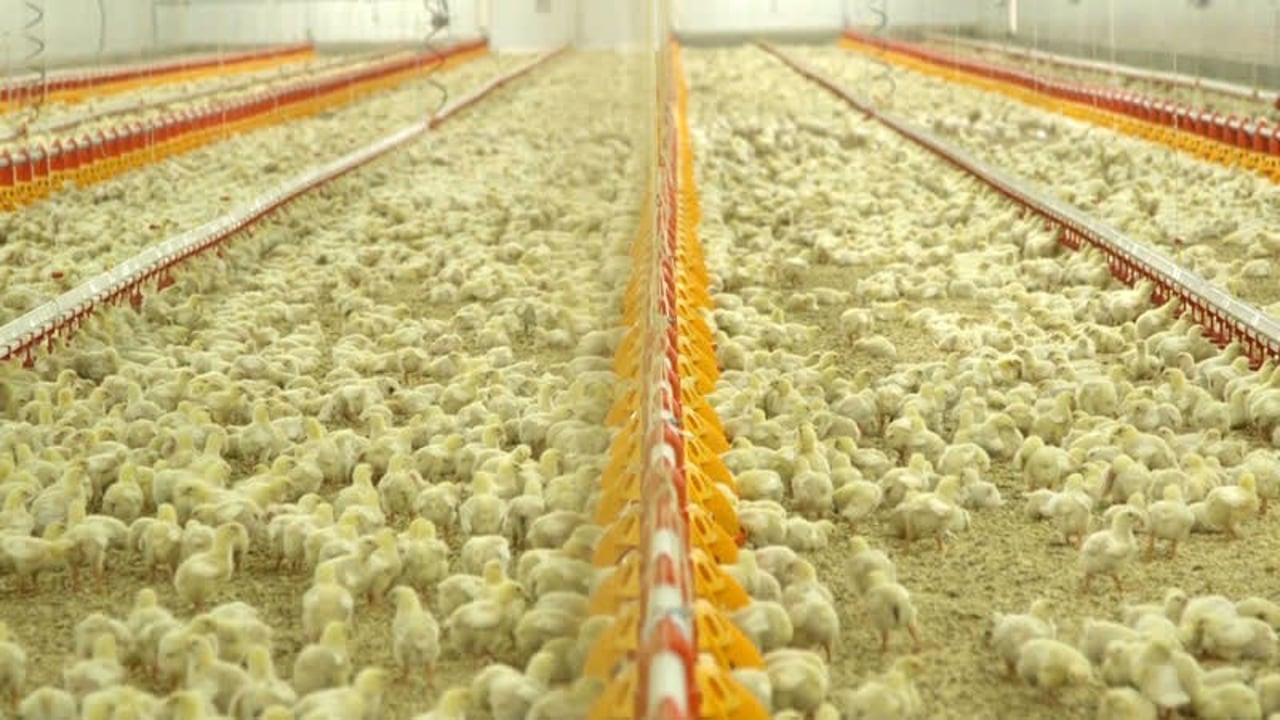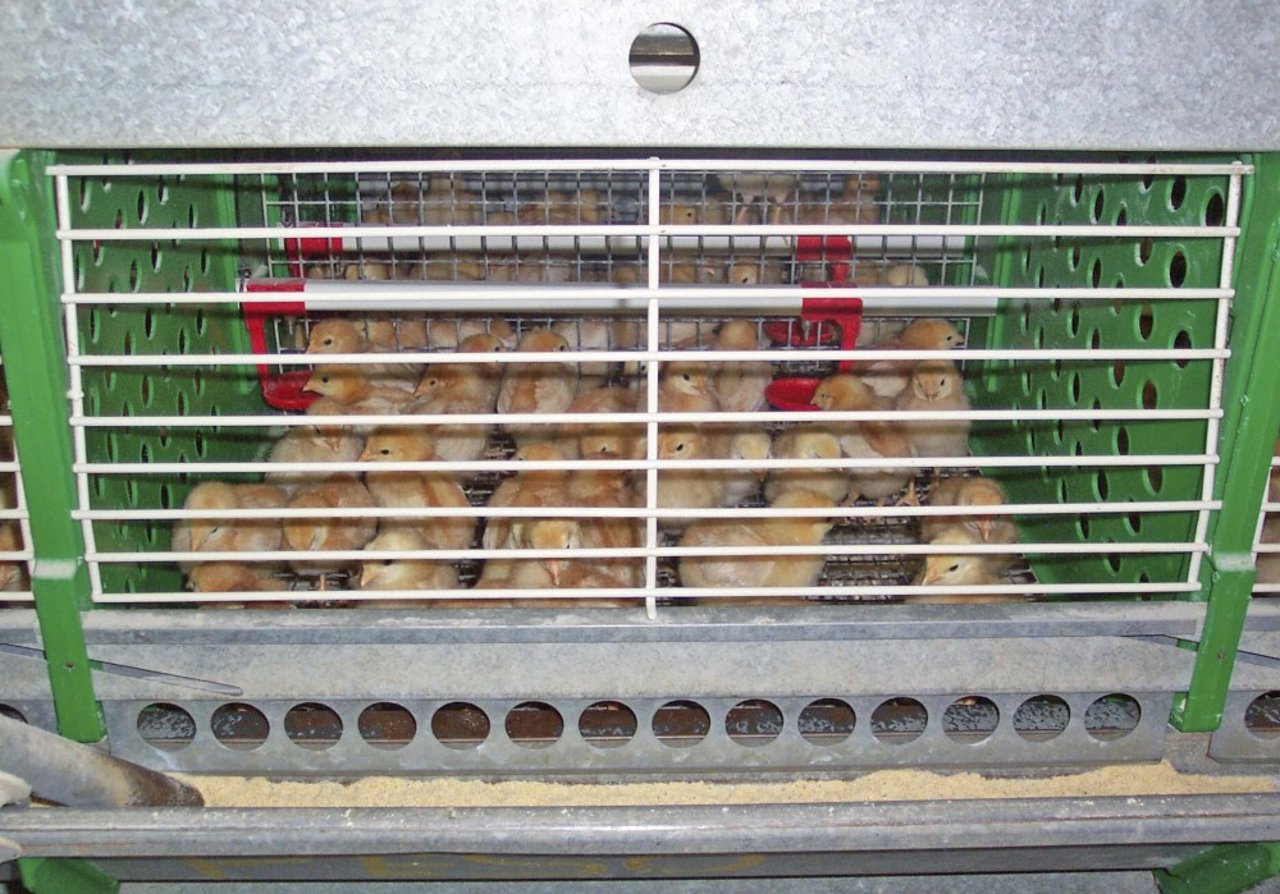
I’ve certainly participated in my fair share of Easter egg hunts, but I’ve never fully understood what the eggs symbolized—and I never thought to ask.
According everyone’s favorite online encyclopedia, Easter eggs can represent the empty tomb after Jesus’s resurrection or spring, when bunnies and baby birds are popping up everywhere.
The practice of dyeing eggs goes back 5,000 years and used to involve mostly ostrich eggs.
More recently, chicken eggs have been the centerpiece of the holiday, with adorably fluffy yellow chicks peeping out from the colorful shells.
This got me thinking about chickens and their baby chicks today.
On factory farms, moms don’t get to spend any time with their babies, as chicks are born in hatcheries under incubation lamps.
Soon after being born, chickens used for meat are shipped to giant barns where they will live until they reach the age of slaughter at five to six weeks when they are so large that they can barely support themselves because they weigh so much due to selective breeding.
Sadly, the conditions in which they live are fairly bleak: the birds will often end up with burns and sores on their chests, legs, and feet from sitting in their own urine and feces all day.
They can grow bored and frustrated with little entertainment in their barns, which are filled with thousands of other birds.
Chickens love to do things like dust bathe, perch, and forage in their surroundings.
For egg-laying chickens, the males and females are separated at birth when they are “sexed” by workers who quickly look them over on a conveyor belt.
They’re separated by gender because egg-laying chickens are a different breed than those used for meat, so the males, who don’t lay eggs, are useless to both industries.
Because of this, the newborns are disposed of, either through macerators that grind them up alive, through suffocation in garbage bags, or simply by being thrown in the trash and left to starve.
Luckily, there are multiple companies working to determine the gender of baby egg-laying chickens before they’re even born, so that this cruelty can be eliminated.
One such company is LIVEgg, which we spoke to last month at one of the world’s largest poultry conferences.
The Israeli company uses embryonic sensor technology to determine the gender of the fetus growing inside an egg shell during the incubation process at a hatchery.
We hope that very soon, this technology will be used throughout the entire egg industry.
For now, I’ll enjoy my jelly bean-filled colorful plastic eggs this Easter and think about the wonderful female and male chicks who have been rescued from factory farms and now get to spend their lives living it up in lush green fields, just like these gals who were rescued in a chartered plane all the way from California to NYC.


